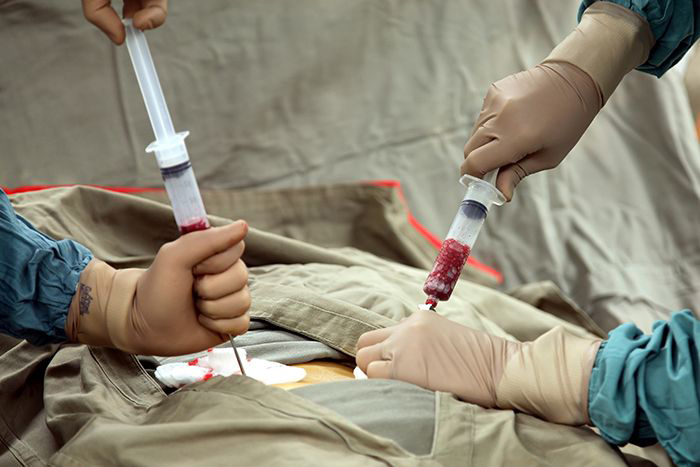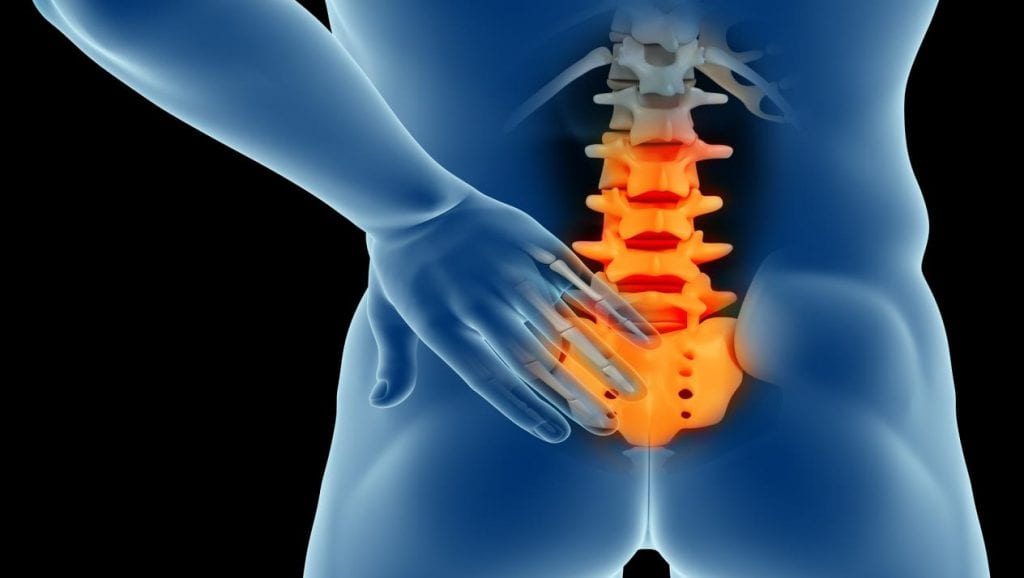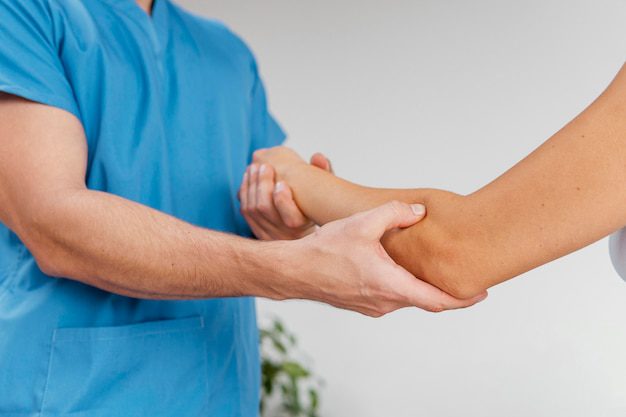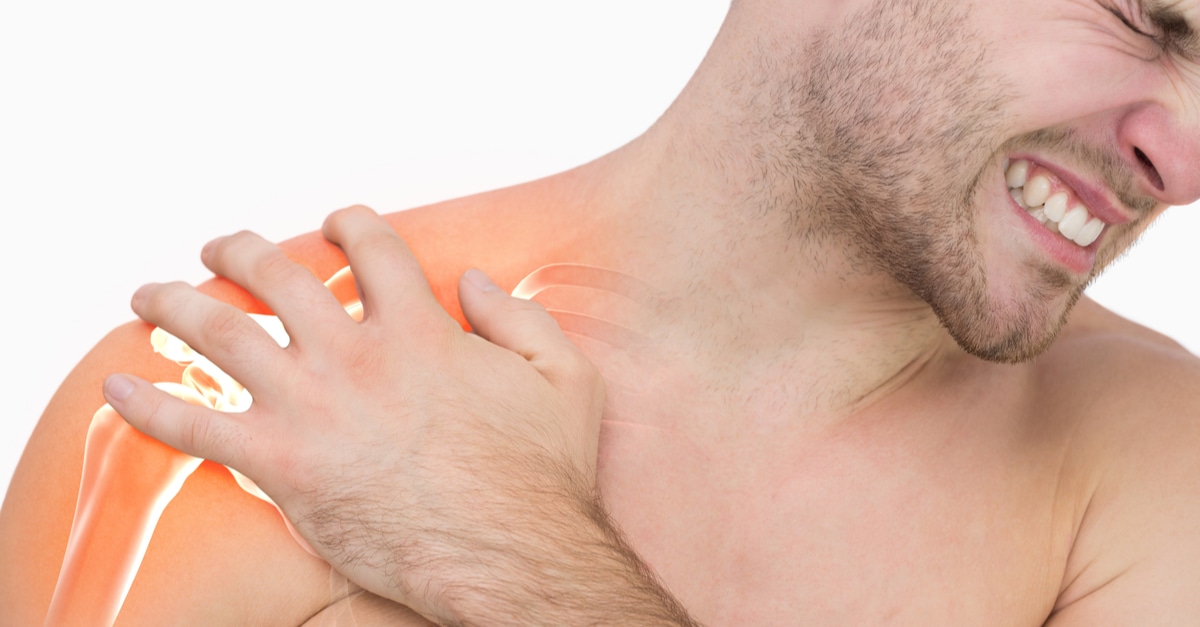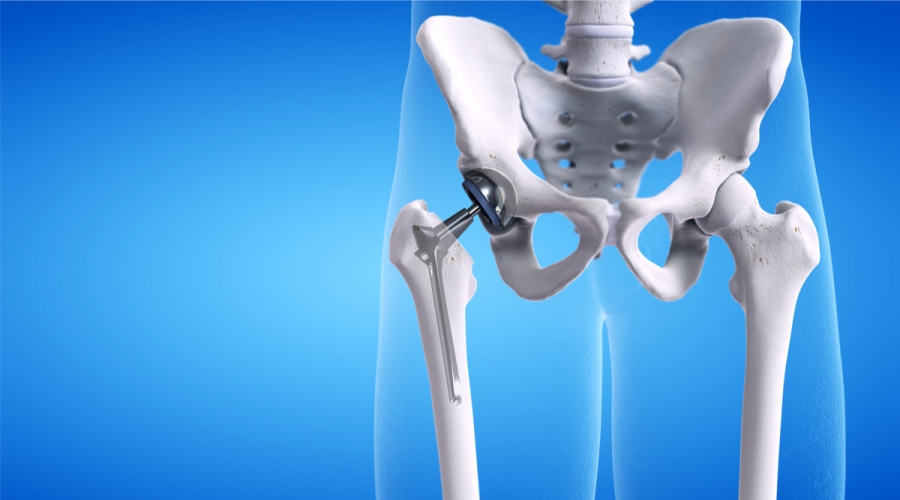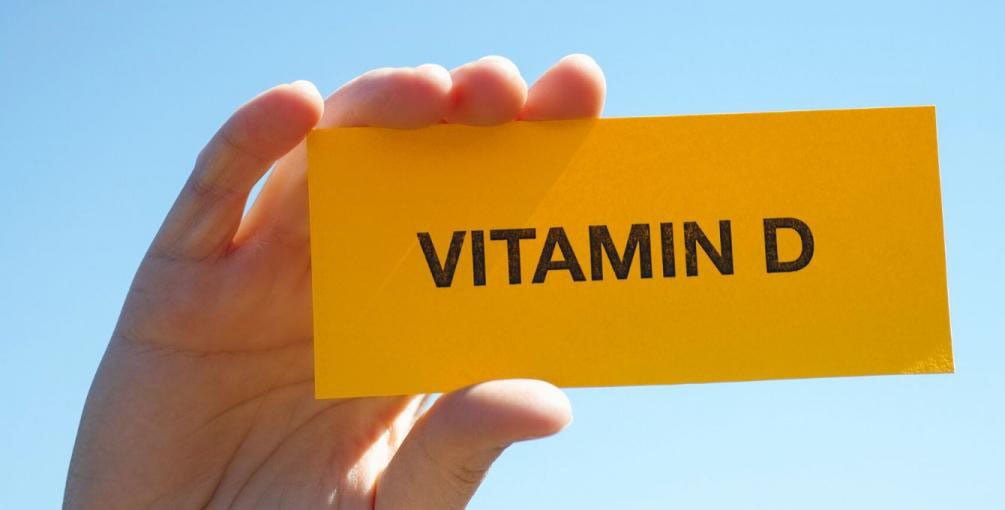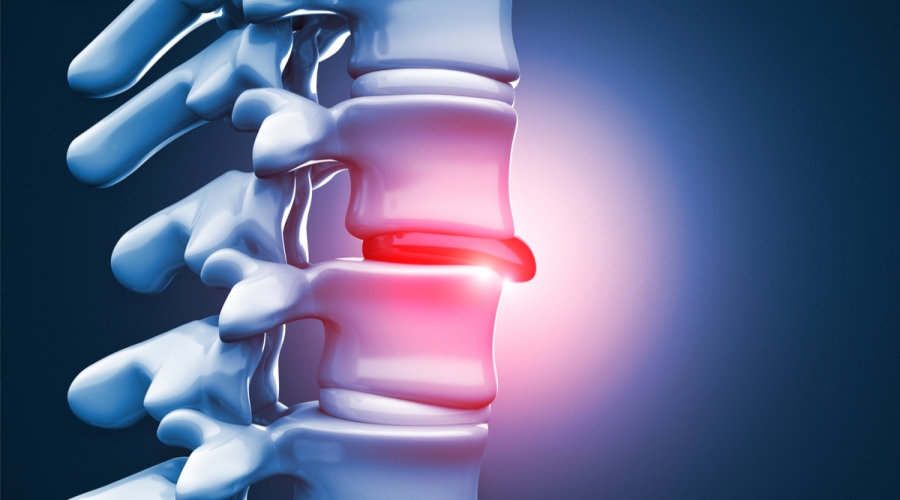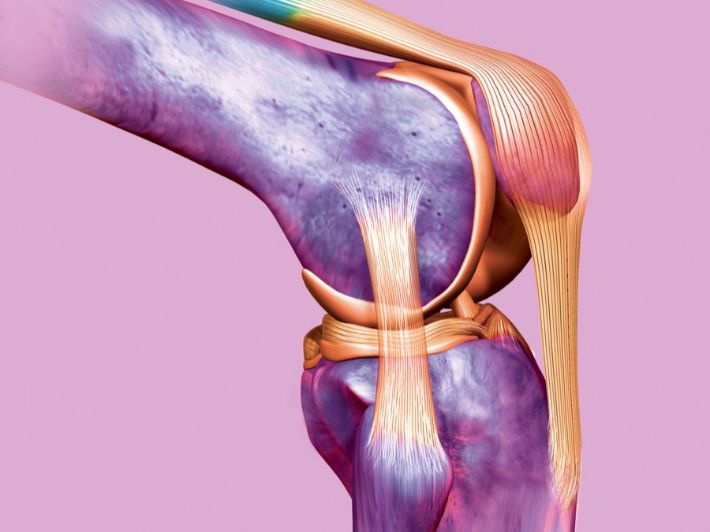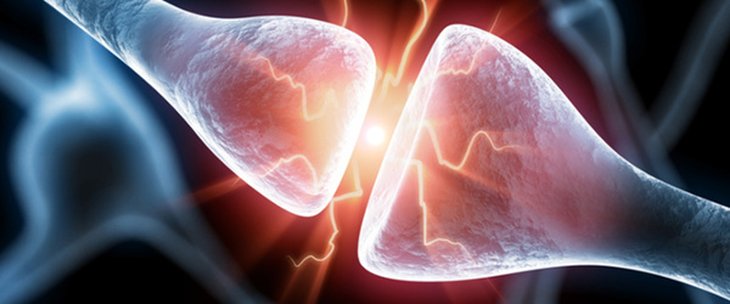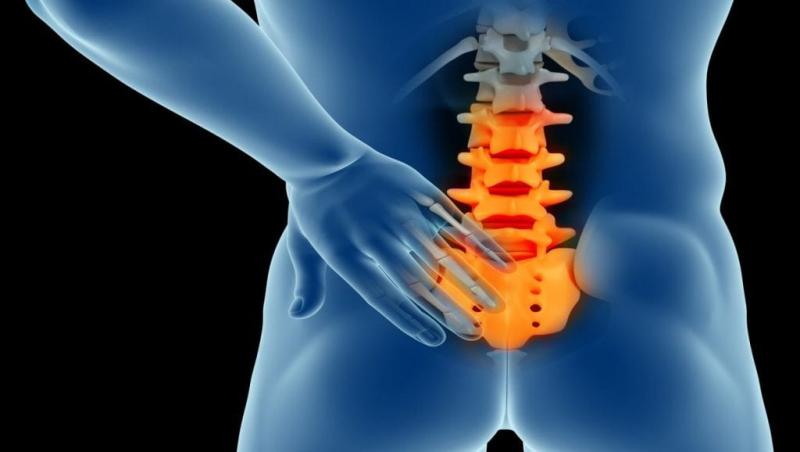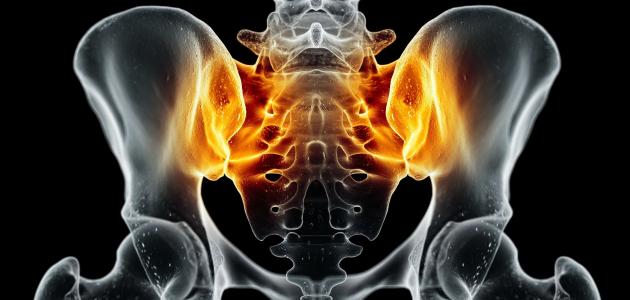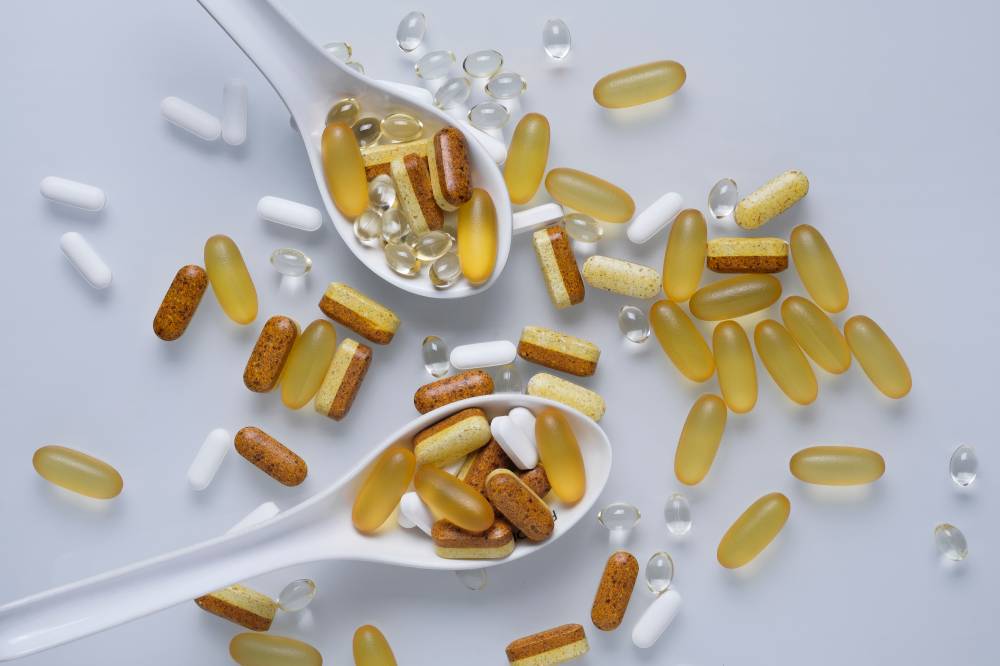Discover More About Joint Plasma Injections and Who Are the Candidates Recommended by Doctors?
Plasma Injections for Joints, In this article, we will explore the concept of plasma injections for joints, how this treatment works, and also discuss the benefits of this procedure and the conditions that can benefit from it, in addition to the potential effects and side effects, and we will provide a comprehensive overview on how to prepare for the treatment, and what the patient can expect during and after the procedure.
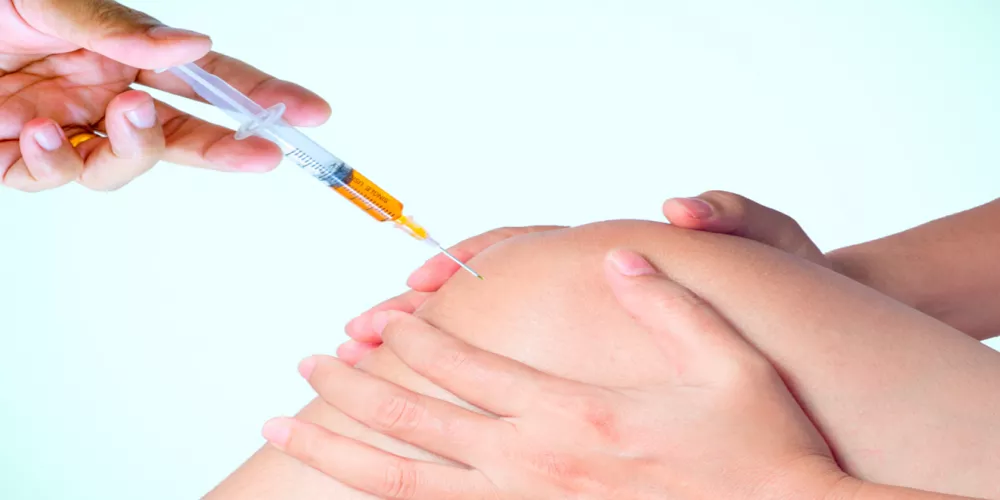
Plasma Injections for Joints
Plasma injections for joints are a medical procedure used to treat a variety of conditions that include joint pain and damage, and this treatment depends on the use of platelet-rich plasma derived from the patient’s own blood.
The treatment begins by collecting a small sample of the patient’s blood, then the plasma is separated from the other blood cells using a process called centrifugation or filtration, and then the extracted plasma is injected into the affected joint using fine needles.
Plasma injections for joints are a non-surgical procedure, meaning there is no need for general anesthesia, and it reduces the risks of infection and wound healing, and the patient can also return to daily activities faster compared to traditional surgical procedures.
Plasma works to stimulate the tissue repair process in the joints, and reduce the inflammation that causes pain, which may be the result of injuries, age, or chronic joint inflammation conditions, and the success of this treatment depends on several factors, including the patient’s condition and the severity of the pain.
Who are the candidates for plasma injections for joints?
Plasma injections for joints are a medical procedure that can be effective for a variety of people suffering from joint problems, however, there are some conditions and circumstances that may make a person qualified to receive plasma injections for joints, and these conditions include the following:
- Arthritis and rheumatoid joint inflammation: Inflammation is one of the main causes of joint pain, and plasma injections may have a positive effect in reducing inflammation and relieving the pain associated with these conditions.
- Joint degeneration and cartilage degeneration: When the cartilage in the joints wears away, it can lead to persistent pain and reduced joint mobility.
- Sports injuries or accidents resulting from them: People may suffer joint injuries as a result of sports activities or accidents, and plasma injections can be used in these cases to accelerate the healing process.
- Tendon and ligament inflammation: People may suffer from inflammation in the tendons and ligaments that lead to pain and weakness in the joints, and plasma injections can be a good option to reduce inflammation and stimulate the healing process.
- Problems resulting from age: With age, joint problems may become more common and more prevalent, and plasma injections can be a good option for people suffering from joint pain due to the aging process.
People considering plasma injections for their joints should consult a specialist orthopedic surgeon to individually assess their condition and determine if this treatment is suitable for them.

Advantages of Plasma Injections for Joints
Plasma injections for joints have many advantages that make it an attractive option for many people suffering from joint problems, and here are some of the main advantages of this treatment:
- Non-surgical treatment: Plasma injections for joints are a non-surgical medical procedure, meaning there is no need for a major surgical procedure, which reduces the risks associated with surgery, such as infection and bleeding, and the long recovery period.
- Use of natural materials: The plasma extracted from the patient’s own blood is used, making it a safe and natural treatment, and there are no chemical agents or foreign substances used, which reduces the risk of allergic reactions or negative side effects.
- Reducing inflammation and promoting healing: Plasma contains growth factors and proteins that help reduce inflammation in the joints and promote the natural healing process, which can lead to improved joint mobility and reduced pain.
- Pain relief and improved function: Many studies show that plasma injections can lead to improvements in pain levels and joint function for people suffering from chronic joint pain.
- Short recovery period: Generally, the recovery period after plasma injections is relatively short, as the patient can return to daily activities faster compared to traditional surgical procedures.
- No need for general anesthesia: Since plasma injections are a non-surgical procedure, they do not require general anesthesia, which reduces the risks of surgery and helps shorten the duration of the procedure.
A step towards freedom from knee pain with the recommended plasma injections from Dr. Amr Amal, for a treatment that turns back the clock and rejuvenates your joints.
Disadvantages of Plasma Injections for Joints
Although plasma injections for joints are considered an effective treatment for many joint problems, they can have some disadvantages and challenges, and here are some common disadvantages of this treatment:
- Limited maximum effectiveness: Plasma injections may not be equally effective for all people and for all types of joint problems, and some patients may need several treatment sessions before they see a tangible improvement in their pain.
- Cost: Although plasma injections for joints may be considered less expensive than traditional surgical procedures, they can still be costly for some people.
- Slow response: Some patients may need a longer time before they see an improvement in their symptoms after plasma injections, and the healing process and full effect of the treatment may take several weeks or even months.
- Rare risks: Although plasma injections for joints are non-surgical, there may be some rare complications, such as infections at the injection site or worsening of the pain.
- Need for repetition: In some cases, plasma injection sessions for the joints may need to be repeated regularly to maintain the positive results, and this can be inconvenient or unsuitable for some people.
- Not suitable for some conditions: Plasma injections may not be suitable for all types of joint problems, and there may be a need for other treatments, such as surgery, for some severe or complex cases.
Dr. Amr Amal offers a revolution in the treatment of knee osteoarthritis with plasma injections, the path to regaining your activity without surgery and with minimal intervention.

Preparations Before Plasma Injections for Joints
Before undergoing plasma injections for the joints, some important preparations are required to ensure the safety of the procedure and achieve the best results, and here are the main preparations that may be necessary before the procedure:
- Medical evaluation: A comprehensive medical evaluation of the patient is performed by a specialist in joint surgery or a rheumatologist, and this evaluation aims to examine the condition of the affected joint and assess the suitability of plasma injections for this condition.
- Psychological preparation: The patient should be aware of the procedure and its importance, and understand the expected results and potential risks, and they should also ask any questions or concerns they have with the doctor before the procedure.
- Stopping certain medications: The patient may be asked to stop using some medications or dietary supplements that may affect the blood clotting process, such as aspirin or anticoagulant medications, for a certain period before the procedure.
- Fasting: In some cases, the patient may be asked to fast for a certain period before the procedure, in order to reduce any risks related to the local anesthesia that may be used in the procedure.
- Physical preparation: The patient may be asked to ensure cleanliness of the area to be injected and clean it well before the procedure.
- Follow-up: The patient may be asked to schedule follow-up appointments with the doctor after the procedure, where the improvement and response to treatment are evaluated, and any additional measures are taken if necessary.
Enjoy greater flexibility and less pain with plasma injections for the knee recommended by Dr. Amr Amal, your investment in a future without pain.
Plasma Injection Procedure for Joints
The procedures for plasma injections for joints include a series of steps that are followed precisely to ensure that the treatment is carried out safely and effectively, and here are the main steps of this procedure in detail:
1. Preparing the patient:
- The patient is placed in a comfortable position on the medical table or in a wheelchair, depending on the case and the location of the targeted joint.
- The injection area is thoroughly cleaned using a skin disinfectant to reduce the risk of infection.
2. Extracting the plasma:
- A small sample of the patient’s blood is drawn, usually from the vein in the arm.
- This sample is placed in a special tube containing an anti-coagulant substance to prevent blood clotting.
3. Preparing the plasma:
- The plasma is separated from the other blood cells using a process called centrifugation or filtration.
- The plasma is then concentrated to obtain the platelet-rich plasma and growth factors.
4. Preparing the joint and injection:
- The target joint is cleaned and disinfected using a skin disinfectant.
- The patient is given a local anesthetic to reduce pain during the injection.
- The prepared plasma is injected into the target joint using a fine needle, under the guidance of a specialist doctor.
5. Completing the procedure:
- After the injection, light pressure is applied to the injection site to minimize bleeding and reduce the risk of swelling.
- The patient is asked to remain in a reclined position for a few minutes before engaging in any activity.
6. Follow-up:
- The patient may be asked to schedule a follow-up appointment with the doctor after the procedure to evaluate the improvement and response to treatment.
- Plasma injection sessions may be repeated as recommended by the doctor and based on the patient’s response to the treatment.
Explore the innovative treatment for knee pain with plasma injections, where Dr. Amr Amal combines expertise and modern technology to achieve the best results.

What Happens After Plasma Injections for Joints?
After plasma injections for joints, a number of things and changes can occur in the body and the joint, and here is what usually happens after this procedure:
1. Pain and Swelling:
– The patient may experience some pain or swelling in the injected joint, and this is a normal occurrence that can last for a few days after the injection.
– Ice or cold compresses can be used to relieve pain and swelling in the affected area.
2. Limited Activity:
– The patient may be advised to limit activity and maintain rest in the first few days after the injection to allow the joint to heal.
– The patient is given guidance on the activities they can and should avoid during the recovery period.
3. Gradual Improvement:
– The patient may start to notice gradual improvement in their condition a few days after the injection.
– The improvement in symptoms can continue over several weeks or even months, and this varies from one person to another depending on the type and severity of the joint problem.
4. Follow-up with the Doctor:
– The patient should follow the treating doctor’s instructions carefully and communicate with them about any changes or problems they experience after the procedure.
– The patient may be asked to schedule follow-up appointments to evaluate the improvement and response to treatment.
5. Potential Outcomes:
– The results of plasma injections may vary from one person to another and depending on the type and severity of the joint problem.
– The patient may notice improved joint mobility and reduced pain and swelling over time, but some conditions may require repeated injection sessions to achieve the best results.
In summary, after plasma injections for joints, the patient may experience some natural symptoms such as pain and swelling, but is expected to notice a gradual improvement in their condition over time.
Plasma Injections for Joints Prices
In Egypt, the prices of plasma injections for joints vary according to several factors, including the chosen medical center, the costs of medical materials and equipment, the experience of the treating doctor, the quality of the plasma used, in addition to additional costs such as medical examinations and tests.
In general, the cost of a session of plasma injections for joints in Egypt can range from 3,000 to 10,000 Egyptian pounds or more, depending on the aforementioned factors, and these prices are approximate and may vary from one hospital to another and from one doctor to another.
Patients are advised to consult healthcare providers in Egypt to get an accurate estimate of the cost of plasma injections for joints, also to verify the costs of medical consultations.
These services may be included in the cost of the procedure or may be added to the basic cost, in summary, determining the cost of plasma injections for joints in Egypt requires direct consultation with the chosen healthcare provider and communication with them to get accurate information about the expected prices and costs.
Dr. Amr Amal charts a new path for the treatment of the knee with plasma injections, a non-surgical solution that restores your ability to move easily and comfortably.

How Long Does the Effect of Plasma Injections for Joints Last?
Joint plasma injections’ effectiveness can vary significantly from person to person, depending on several factors including the type and severity of the joint problem, the individual’s response to treatment, as well as other factors like age and overall health.
While some patients may notice improvement in pain and mobility after a few days of injection, the effectiveness of joint plasma injections typically lasts for several months. Gradual improvement in symptoms after the injection is common, and the improvement may continue over time with ongoing treatment.
To maintain the effectiveness of joint plasma injections, some patients may need repeat sessions of injections. The treating physician evaluates the patient’s response to treatment and determines if additional sessions are needed, along with determining the appropriate timing and number of sessions required to achieve the best results.
Regular follow-up by the treating physician is important to evaluate improvement and adjust the treatment as needed. Some patients may require adjustments in plasma doses or regular repeat injections to maintain positive results for a longer period.
Who Is the Best Orthopedic and Joint Doctor in Egypt?
An excellent orthopedic and joint doctor typically has a strong reputation based on extensive experience, deep knowledge of the latest techniques and treatments in orthopedics and joints, along with a successful track record of treatment outcomes and patient satisfaction.
The best doctor in this field is expected to provide comprehensive care including accurate diagnosis, customized treatment plans, and ongoing follow-up, such as Dr. Amr Amal, who ensures the best health outcomes for patients. This includes dealing with a wide range of cases from simple sports injuries.
Dr. Amr Amal excels in the field of orthopedics and joints and has exceptional communication skills. He can explain diagnoses and treatment options clearly to all his patients and is a good listener to patients’ expectations and concerns.



